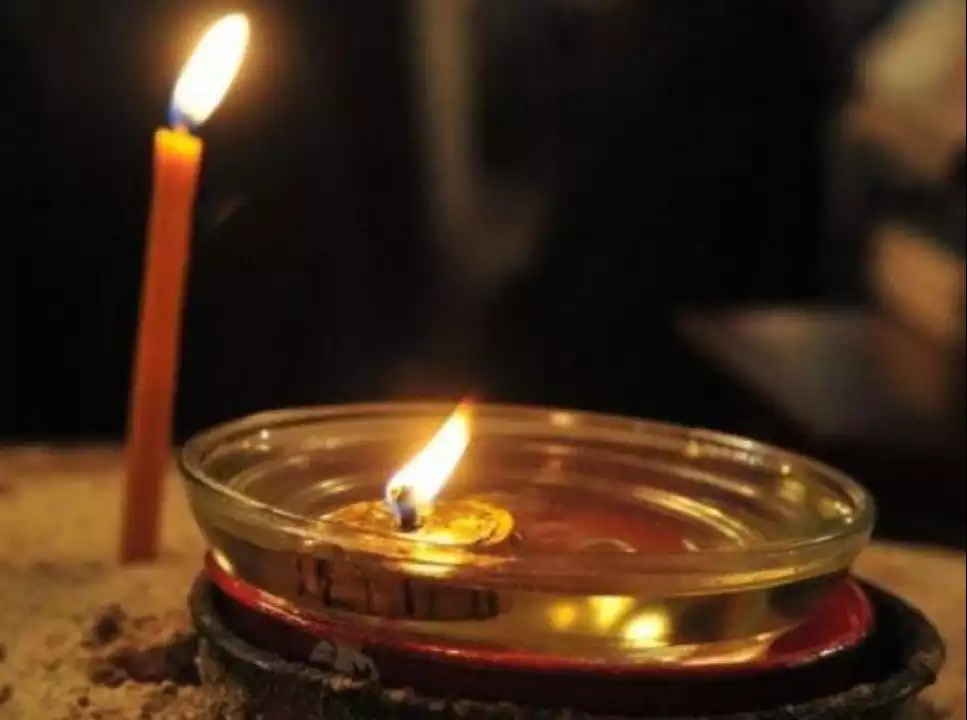The Sacred Legacy of Unction: A Journey Through Time
The practice of Unction, or the anointing of the sick with oil, has been a cornerstone of Christian ritual since the earliest days of the faith. Rooted in scriptural references and apostolic tradition, this sacrament is more than a mere physical act; it is a profound spiritual encounter, offering comfort, strength, and often physical healing to those in the throes of illness and suffering.
In the scriptures, particularly in the New Testament, the anointing of the sick is closely associated with the healing ministry of Jesus Christ. The apostles, following His example, continued this practice, emphasizing its significance as a channel of God’s grace and mercy. This holy anointing transcends mere physical relief, fostering spiritual rejuvenation and a deep sense of peace, even in the face of life’s most daunting challenges.

Throughout history, Unction has evolved, adapting to the changing needs and understandings of the faithful. From the simple anointing by the early Christians to the more structured rites seen in various denominations today, the essence of this sacrament has remained unaltered. It symbolizes a profound intercession, a plea for divine intervention in the most vulnerable moments of human existence.
In essence, Unction serves as a tangible expression of faith’s healing power. It’s an act that binds the community together in prayer and solidarity, uniting the suffering individual with the compassionate heart of the church. Through the sacred oil, believers are reminded of God’s presence in their lives, offering a beacon of hope that illuminates even the darkest paths.
Unction Today: Embracing Diversity in Healing Faith
The contemporary practice of Unction, while rooted in ancient tradition, has embraced diverse interpretations and applications across different Christian denominations. This diversity reflects the universal appeal of the sacrament, transcending cultural and doctrinal boundaries to touch the hearts of believers worldwide. In the Orthodox tradition, Unction is often administered during Holy Week, symbolizing the healing of both body and soul as a preparation for the Resurrection. In contrast, the Roman Catholic Church views it as one of the last sacraments, a final anointing that prepares the soul for its journey to God. Despite these variations, the core essence of Unction remains constant: it is a sacred act of invoking God’s grace for healing and strength.
The oil used in Unction, typically olive oil, is consecrated, making it a symbol of God’s presence and an instrument of His healing power. The act of anointing, accompanied by prayers and the laying on of hands, reinforces the belief in a God who cares intimately about human suffering. It’s a ritual that not only addresses physical ailment but also offers psychological and spiritual comfort, affirming the intrinsic worth of every individual in the eyes of the divine.
Unction, as a sacred rite, embodies the profound belief in the healing power of faith and the compassionate nature of God. It serves as a reminder of the divine promise of comfort and strength in times of illness and distress. This sacrament, evolving yet constant in its essence, continues to offer solace and hope to believers, echoing the enduring message of love and mercy at the heart of the Christian faith.
References
Maxwell, E., “Christian Rituals & Practice”, Cambridge University Press, 2010.
Todoran, C., “Understanding the Sacrament of Anointing the Sick in the Contemporary World,” Eastern Journal of Science and Theology, EJST, Accessed date: 19 January 2024.
Wilkinson, J., “The Bible and Healing: A Medical and Theological Commentary”, Eerdmans Publishing, 1998.
Zavada, K., “Rituals and Power: The Roman Catholic Church and Anointing the Sick,” Journal of Theological Studies, Oxford Academic, Accessed date: 19 January 2024.
